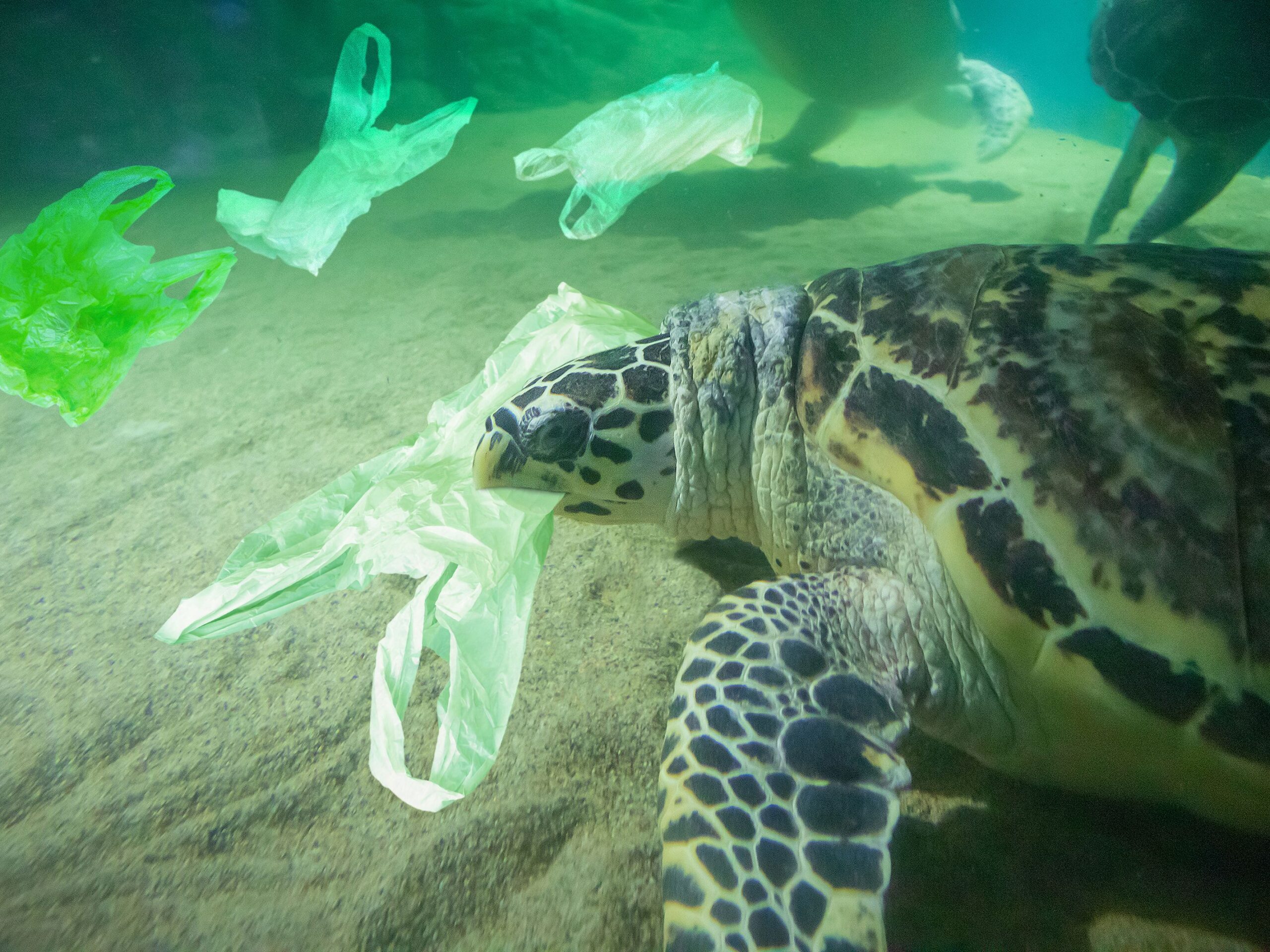The protection and preservation of the marine environment is a relatively new issue
compared to the protection of nature on land.8 Knowledge and understanding of oceans
and seas, their processes and components are not as well developed as those on the
terrestrial environment. For a long time, oceans and seas have been considered as
inexhaustible reservoirs of resources, including fish and minerals, and capable of
absorbing any kind of substances and materials discharged into their waters. Prior to
the 1970s, the traditional law of the sea paid little or no attention to the protection of the marine environment. The traditional regime was based on two fundamental components:
(a) the almost absolute right of coastal States to exploit marine resources and
to conduct human activities within waters under national jurisdiction and (b) the freedom
of all states to use the high seas for various purposes (e.g., navigation, fishing, military
activities and marine scientific research) with the only duty being to have “due regard”
to the interests of other states. There was no legal obligation to protect the marine
environment.
The growing environmental awareness and a series of oil tanker disasters in the
1960s and 1970s focused the attention of the international community on the impact
of human activities on the marine environment. The first UN global conference on the
human environment, held in Stockholm in 1972, revealed a general dissatisfaction with
the existing regime and recommended immediate action to protect oceans and seas.
The Stockholm Recommendations led to the adoption of new global and regional instruments
addressing specific sources of marine pollution. At the same time, the Stockholm
Conference provided a decisive impulse to the Third United Nations Conference
on the Law of the Sea (UNCLOS III), launched in 1973 with the ambitious mandate
to adopt a convention “dealing with all matters relating to the law of the sea”. In
1982, after almost ten years of negotiations, the LOSC was adopted, establishing a
comprehensive regime for the world’s oceans in which the protection and preservation
of the marine environment played a central role.
There is no definition of “marine environment” under the LOSC or other international
instruments. It is commonly agreed that the term “marine environment” refers
to the ocean space taken as a whole (i.e., the surface of the sea, the water column, the
subsoil, the seabed and the atmosphere above them) and everything comprised in that
space, both physical and chemical components, including marine life.
the term “marine life” seems to be broad enough to include marine biodiversity and all living components of marine ecosystems, but excluding fish stocks and other commercial species. The latter, indeed, enter into
the different regime on the conservation of marine living resources, which is regulated
in other parts of the LOSC. This regime is closely related to the management and
utilization of fisheries. However, it should be stressed that the existence of a special regime for fisheries does not exclude the application of the general rules and principles of marine environmental protection in
this field.
Before the 1990s, the marine protection regime focused almost exclusively on the
“prevention, reduction and control” of marine pollution, which was defined in quite
narrow terms. The generally accepted definition, as adopted in Article 1(4) of the LOSC,
refers to “the introduction by man, directly or indirectly, of substances or energy into
the marine environment, including estuaries, which results or is likely to result in such
deleterious effects as harm to living resources and marine life, hazards to human health,
hindrance to marine activities, including fishing and other legitimate uses of the sea,
impairment of quality for use of the sea water and reduction of amenities” (emphasis
added). According to this definition, there must be, first of all, an introduction,
whether deliberate or accidental, “by man”, with the exclusion of all natural phenomena,
even if they result in deleterious effects. Second, only “substances and energy” may
cause pollution. However, both terms have been interpreted extensively to include alien
organisms carried in the ballast waters of ships (substances), electricity, sound, vibration,
heat and radiation (energy), as well as other forms of physical disturbance, such as
anchoring and grounding. Third, not all pollution is prohibited, but only pollution that
“may” have “deleterious” effects. Some substances and energies are indeed harmless
or can be rapidly rendered inoffensive upon contact with the sea. Although the list of the deleterious effects is rather extensive (e.g., any “impairment of the quality of sea water”), some minor consequences for the marine environment are still tolerated. Following the new developments of international environmental law, as endorsed
at UNCED, the legal regime for the preservation of oceans has progressively extended
its scope to types of anthropogenic pressures other than pollution. Most post-UNCED
agreements have replaced the term “pollution” with “degradation” so as to formally
cover erosion and sedimentation, habitat destruction and the use of harmful technology
and fishing practices. These agreements, moreover, not only aim to “prevent, reduce
and control”, but also to “eliminate” or “abate” pollution and “restore” adversely affected
marine areas. Some of them, moreover, include the impact of human activities “on
marine ecosystems” or “marine life” in the definition of pollution.

